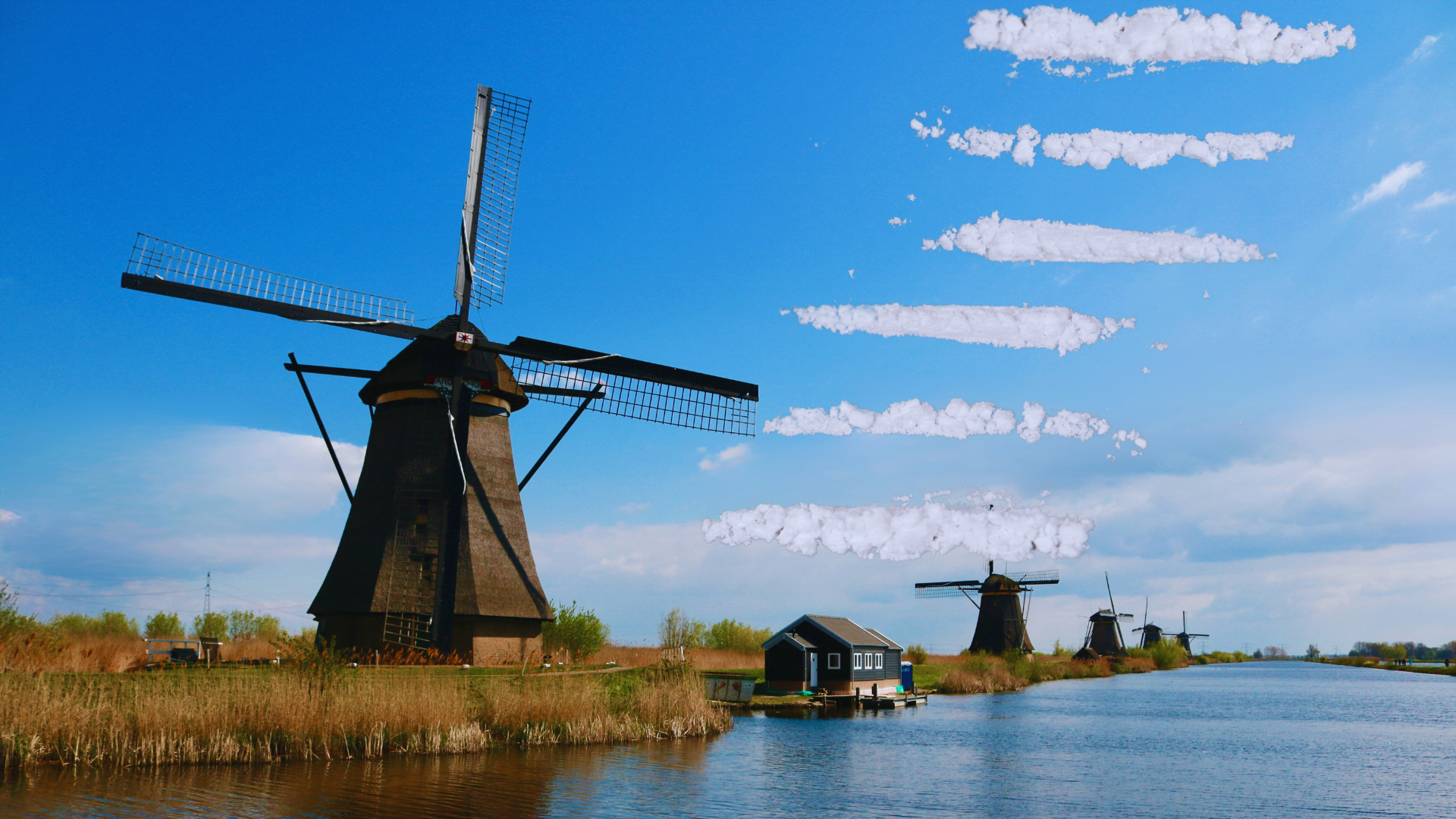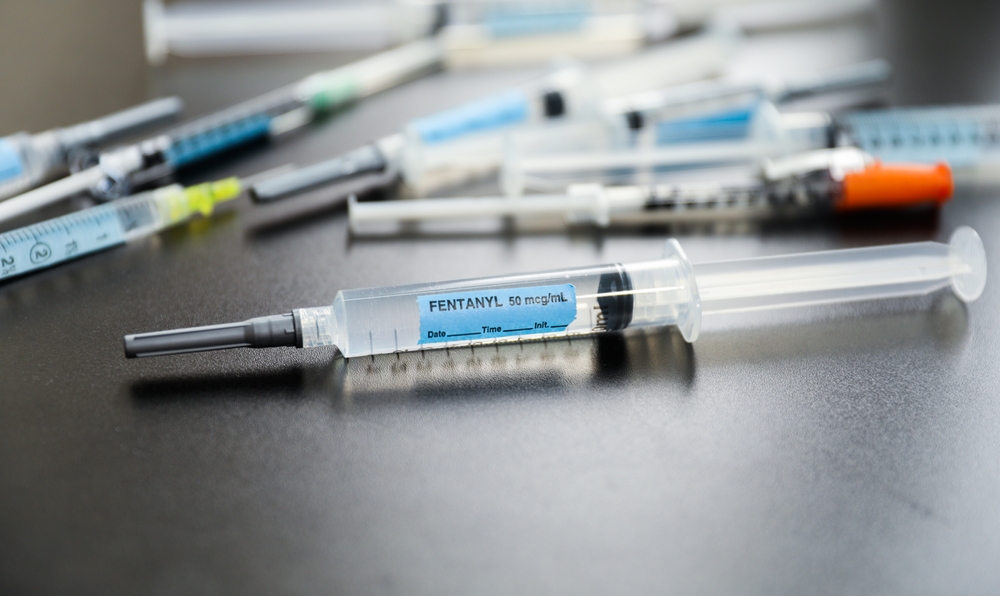Cocaine labs are typically hidden amidst the thick, humid jungles of the Andean mountain range, awash with mosquitos and the deep smell of chemical fumes. These clandestine jungle labs produce the world’s favourite party drug. Yet, in 2020, Dutch authorities found a laboratory on their home turf, in the northern village of Nijeveen.
The laboratory, a converted riding school with an attached stable, can produce between 150 to 200 kg of cocaine each day – with an estimated value of about €5 million. The building was completed with sleeping quarters and recreational rooms – a departure from the amateur, tarpaulin-roofed Colombian labs. The lab was the largest cocaine lab in Dutch history, and one of the largest found yet in Europe. Nijeveen’s riding school is part of a growing trend of cocaine-producing labs in Europe.
The level of cocaine production in Europe is somewhat minimal: the synthesis of coca leaves into cocaine paste and base still occurs in Latin America. However, the base is trafficked in a variety of ways into Europe, where it is then processed into the final powder of cocaine hydrochloride, the product so loved by European consumers.
In the Dutch lab, around 100 kg of cocaine base was seized, along with tens of thousands of litres of chemicals needed to process the substance.
Europe’s growing trend
This bust, which occurred in 2020, is increasingly common in the Netherlands and across Europe. In 2021, European authorities raided 34 cocaine labs, an increase from 23 in 2020. The majority of seizures occurred in Spain, Belgium, and the Netherlands. Belgium and the Netherlands already have prominent industries of synthetic drug production – mainly MDMA, ketamine, and methamphetamine.
The labs are primarily located near international ports of entry, like Rotterdam and Antwerp, which have become hubs for cocaine trafficking and continental distribution. Chris Dalby, head of World of Crime, a media company focused on investigating organised crime, told TalkingDrugs that Belgium and the Netherlands are strategic hubs for market control. “They are connected by rail and road to every major European capital,” he said.

Some of these cocaine labs have huge capabilities. In April last year, Spanish authorities raided what was described as a “mega lab” in the northwestern area of Galicia near Spain’s Atlantic coast. The lab could produce a record amount of 200kg of cocaine per day, revealing the scale and sophistication of these facilities.
There are numerous reasons behind this trend. Andrew Cunningham, Head of Drug Markets, Crime, and Supply Reduction at the European Monitoring Centre for Drugs and Drug Abuse (EMCDDA), told TalkingDrugs that the lack of access to chemical precursors for cocaine production in Latin America may have prompted this change. Some criminal groups may have decided to relocate the final production stages of cocaine to Europe where the “chemicals that are required are fairly easy to get hold of.”
Another factor is the recent increase in coca cultivation in Colombia. This potentially created an over-supply that is “not being processed in Latin American laboratories in [the] jungles,” meaning it can then “be shipped out to be processed elsewhere.”
A final factor Cunningham raised was the development of a new smuggling method which allows cocaine to be chemically hidden in other carrier materials such as charcoal, plastic, and even clothes before later being extracted in European labs. This means that cocaine is not easily detected with law enforcement’s traditional detection methods.
This benefits smugglers, Cunningham noted, because otherwise, they’re “risking all of [their] fully finished commodity.” Across Europe, massive quantities of cocaine hydrochloride are seized constantly, costing criminal groups tens of millions of dollars – though what is seized is a fraction of the market that ends up in consumer markets.
“Europe’s getting better at catching cocaine. There is better tracking, especially in ports like Rotterdam,” World of Crime’s Dalby told TalkingDrugs. There are also “alliances now between different security forces, different countries, there’s information sharing between ports on either side of the Atlantic.”
Trafficking cocaine base rather than hydrochloride then helps to reduce risk two-fold. It is less likely to be detected, and if caught, the potential profit loss is minimised.
New alliances, new beginnings
“Colombian and Mexican cooks are coming over to train locals”
In Spain’s mega-lab raid, 18 people were arrested, with a number of them being Colombian and Mexican nationals. This is not unusual, as Colombians and/or Mexicans are often associated with the seizure of such labs, which also highlights the new European and Latin American alliances that enabled the creation of these labs.
Likewise, in the Dutch lab, 13 Colombian nationals were arrested for their involvement.
“Colombian and Mexican cooks are coming over to train locals,” Dalby told TalkingDrugs. This was confirmed in an investigation by OCCRP into the EncroChat leaks, an encrypted communication tool hacked by European authorities. The investigation revealed that a Colombian man sent $1.5 million to partners in the Netherlands to invest in the Nijeveen lab.
Dalby told TalkingDrugs that it isn’t large-scale criminal groups such as Clan del Golfo, the ELN, or FARC dissidents currently leading these alliances.
This is not an entirely new phenomenon. Before the rise of cocaine labs, other Latin American groups, primarily from Mexico, with expertise in methamphetamine production taught Dutch criminal groups how to set up labs for European production.
Environmental damage
One unintended consequence of this trend could be substantial damage to Europe’s ecology. While no studies have been conducted yet on the environmental damage of cocaine production labs in Europe, due to the recency of the trend, two cases underscore the severity of this issue.
In Colombia and other South American producing countries, the environmental damage of the chemical waste from producing cocaine is well documented. This waste can have a detrimental impact on both those cultivating and processing coca, and their surrounding ecology.
In Europe, there have been numerous cases of environmental damage from synthetic drug production labs, often producing MDMA. For example, chemicals dumped from a lab in the Netherlands led to a significant part of a rural forest having soil removed and trees cut down.
If cocaine production labs continue to appear across Europe, we could see further deterioration of ecosystems. Similarly to MDMA production, cocaine by-products can contaminate water systems, risking local residents’ health.
The future of cocaine in Europe?
Dalby believes that at the moment, European cocaine production is an “experiment”. The vast majority of cocaine consumed in Europe is still produced in South America and trafficked in its powdered form. For now, it’s unclear whether this model will be further scaled. If labs continue to appear and grow in scale across Europe, as they have done so far, then larger organised criminal groups could get involved. This would disrupt the current model of European cocaine trafficking.
Europe’s cocaine market is thriving, with five of the largest cocaine seizures in the continent’s history happening just last year. The drug’s profitability leads to a range of smuggling techniques and trafficking methods: from narco-submarines moving across the Pacific, cocaine hidden inside pineapples, to underwater drones moving the drug from Morocco to Spain. The clandestine European cocaine labs are a new tactic that may be here to stay.


